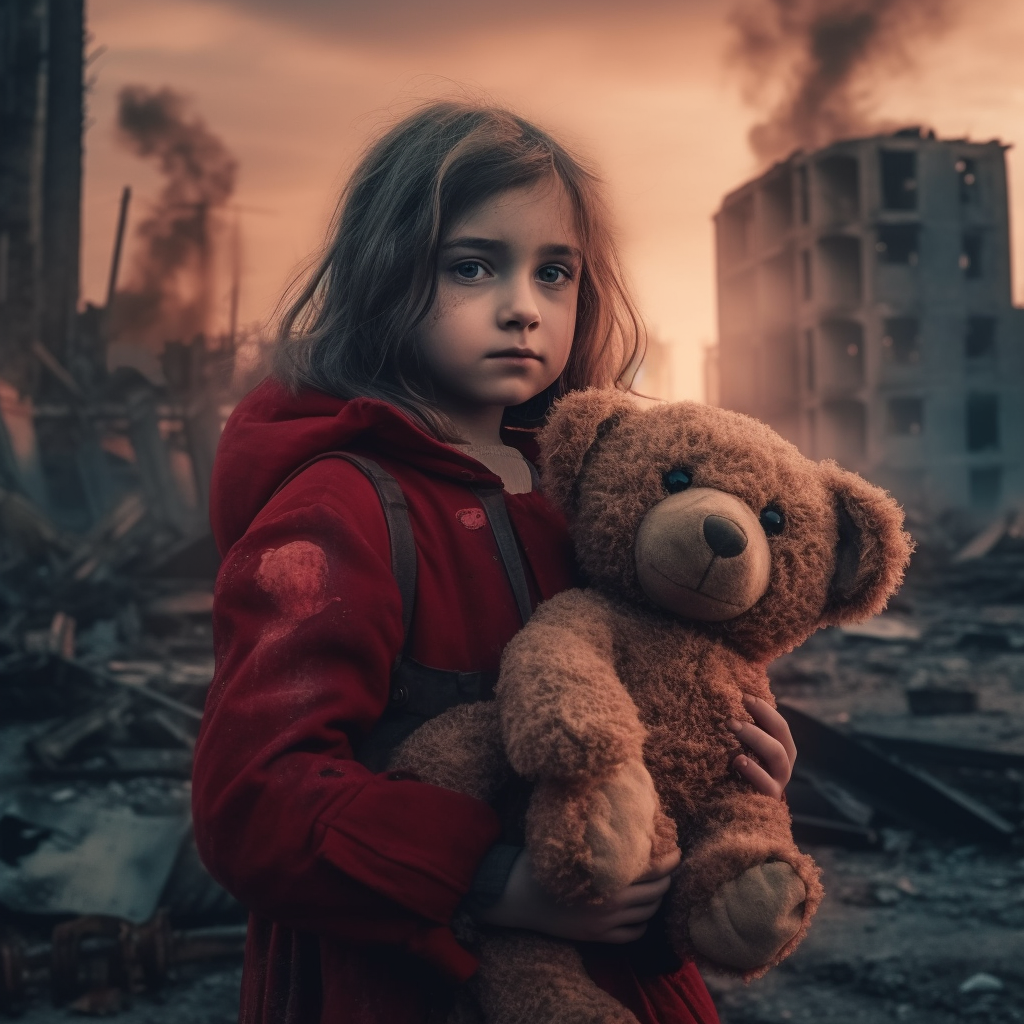Please note this post may contain affiliate links picked by me (Jay) that I have deemed may be of interest or relevant to you the reader of this.
These links do not affect the cost of the thing if you decide to purchase but i may get a little money if you choose to purchase.
For more information on my affiliate link policy click here.
The Art of Storytelling through Photography
Hello fellow photography junkies! Today, I want to talk about the art of storytelling through photography. As photographers, we all know that a single photograph has the power to tell a story, convey an emotion, and capture a moment in time. But, how do we go beyond simply capturing an image, and truly tell a story through our photography? Let’s dive in.

Plan Your Narrative
The first step to telling a story through photography is to plan your narrative. This means having a clear idea of what you want to convey and how you want to convey it. What is the message or emotion you want to communicate? Who are the characters or subjects in your story? What is the setting or environment? By answering these questions, you can begin to create a narrative that will guide your photography.
For example, if you want to tell a story about the beauty of nature, you might plan to photograph a series of landscapes at different times of day and in different weather conditions. By doing so, you can showcase the diversity and majesty of the natural world.
Set the Scene
Once you have a narrative in mind, it’s time to set the scene. This means choosing the location, lighting, and props that will help you tell your story. For example, if you’re photographing a couple’s engagement, you might choose a romantic location such as a park or beach, and use natural lighting to create a soft, dreamy atmosphere.
When it comes to gear, consider using a wide-angle lens to capture the environment and create a sense of space, or a telephoto lens to isolate your subjects and create a sense of intimacy. You can also experiment with different lighting techniques, such as using a reflector to bounce light onto your subjects, or using a flash to create dramatic shadows.

Focus on Emotion
One of the most powerful ways to tell a story through photography is to focus on emotion. This means capturing the feelings and expressions of your subjects, and using them to convey the mood and tone of your story. For example, if you’re photographing a newborn baby, you might focus on capturing their innocence and vulnerability, using soft lighting and muted colors to create a peaceful, intimate atmosphere.
When it comes to gear, consider using a portrait lens to capture the details of your subject’s face, or a fast lens to create a shallow depth of field and blur the background. You can also experiment with different angles and perspectives, such as shooting from above or below, or getting up close to capture the details.
Use Composition to Tell Your Story
Composition is the arrangement of visual elements within a photograph, and it plays a critical role in telling your story. By carefully choosing the placement of your subjects, the background, and other visual elements, you can create a sense of balance, harmony, and depth that supports your narrative.
For example, if you’re photographing a musician, you might use leading lines to guide the viewer’s eye towards the subject, and place them off-center to create a sense of movement and energy. You can also experiment with different framing techniques, such as using negative space to create a sense of isolation, or using a close-up to create intimacy.
When it comes to gear, consider using a tripod to keep your composition steady and consistent, or a wide-angle lens to capture the environment and create a sense of space.
Edit to Enhance Your Story
Finally, editing is an essential part of storytelling through photography. By carefully selecting and processing your images, you can enhance the mood and tone of your story, and create a cohesive narrative that draws the viewer in.
When it comes to editing, there are many techniques you can use, such as adjusting exposure and contrast to create a mood, or using color grading to create a specific look
. For example, if you’re telling a story about a city at night, you might use a blue color cast to create a cool, atmospheric feel, or increase the contrast to create a sense of drama.
When it comes to gear, consider using a high-quality monitor or calibration tool to ensure accurate color and contrast, and a powerful computer or laptop to handle the processing demands of editing software.

Incorporate Details and Context
To truly immerse your viewer in the story you’re telling, it’s important to incorporate details and context into your photography. These can be small, subtle details that add depth and richness to your images, or larger contextual elements that help the viewer understand the narrative.
For example, if you’re telling a story about a farmer’s life, you might incorporate details such as weathered hands, worn boots, and rusty tools to show the hard work and dedication required. You might also include wider shots of the farm and surrounding countryside to give a sense of the environment and the challenges faced.
When it comes to gear, consider using a macro lens to capture small details, or a wide-angle lens to capture the context of the story.
Take Candid Shots
While planning and setting up shots is important, sometimes the most powerful storytelling happens in candid moments. Candid photography captures unposed, spontaneous moments that can reveal the true nature of a person or situation.
For example, if you’re telling a story about a family vacation, you might capture candid shots of the family enjoying a meal together, playing on the beach, or exploring a new city. These moments can reveal the dynamics of the family, the joy of discovery, and the beauty of everyday life.
When it comes to gear, consider using a fast lens and high ISO settings to capture candid shots in low light, or a compact camera or smartphone for discreet shooting.
Tell a Series
Finally, one of the most effective ways to tell a story through photography is to create a series of images that work together to tell a larger narrative. This could be a series of portraits, landscapes, or candid shots that all relate to a common theme or idea.
For example, if you’re telling a story about a community garden, you might create a series of portraits of the gardeners, candid shots of them tending to their plots, and wider landscape shots of the garden as a whole. These images can work together to showcase the beauty and community spirit of the garden.
When it comes to gear, consider using a camera with a burst mode or continuous shooting mode to capture a series of images in quick succession, or a medium format camera for high-resolution images with fine detail.
In conclusion, the art of storytelling through photography is about more than just capturing beautiful images. It’s about planning a narrative, setting the scene, focusing on emotion, using composition and editing to enhance your story, incorporating details and context, capturing candid moments, and telling a series of images that work together to create a larger narrative. With the right gear, techniques, and a passion for storytelling, you can create powerful images that connect with your audience on a deep, emotional level.
If you have any questions about the topics discussed in this article, feel free to drop them in the community section on our website. As always, keep shooting and telling stories through your photography!
Credits
Written By Junkie Tog
Photos by Junkie Tog
Edited By Jay Clapp (The Photography Junkie)




















One thought on “The Art of Storytelling through Photography”
Comments are closed.